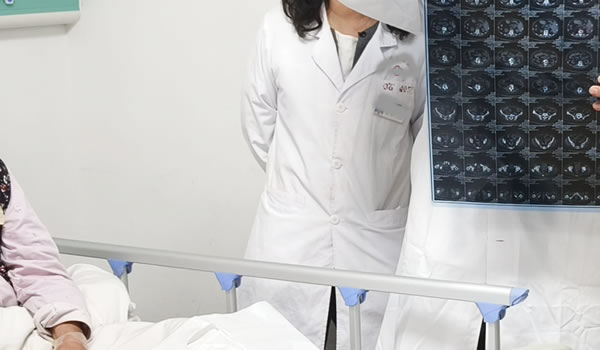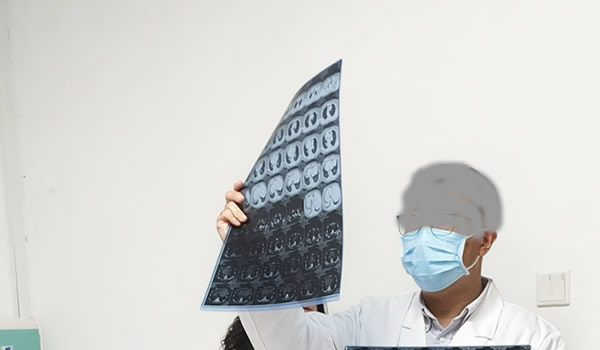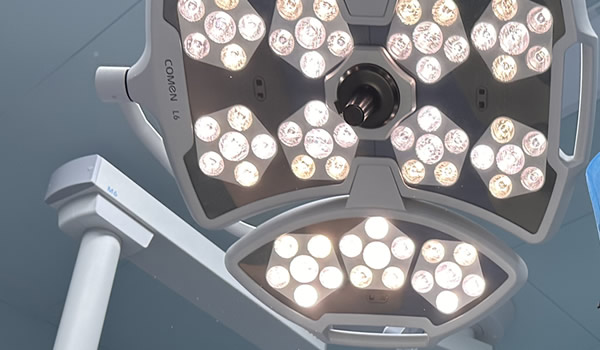Liver disease is a major public health challenge in Asia, driven by high rates of hepatitis B and C, alcohol use, and non-alcoholic fatty liver disease (NAFLD). The region bears the largest global burden of chronic liver disease, leading to cirrhosis and liver cancer. This article explores liver disease treatments in Asia, including antiviral therapy, lifestyle management, liver transplantation, and emerging therapies.

Liver Disease in Asia: Epidemiology
- Global burden: Over 350 million people worldwide live with chronic liver disease.
- Asia’s share: Hepatitis B: Endemic in China, Southeast Asia, and parts of the Middle East. Hepatitis C: High prevalence in Pakistan, Egypt, and Japan. NAFLD/NASH: Rapidly rising in urban India, China, and Gulf countries. Alcohol-related liver disease: Increasing in India and Southeast Asia.
- Outcomes: Cirrhosis and hepatocellular carcinoma (HCC) are leading causes of liver-related deaths in Asia.
Hepatitis Treatment
Hepatitis B (HBV)
- Antiviral therapy: Tenofovir and entecavir are first-line treatments.
- Challenges: Lifelong treatment required for most patients. Limited awareness and late diagnosis in rural Asia.
- Vaccination programs: Highly successful in reducing HBV transmission in China, South Korea, and Taiwan.
Hepatitis C (HCV)
- Direct-acting antivirals (DAAs): Sofosbuvir, ledipasvir, velpatasvir cure rates exceed 95%.
- Japan, China, India: Large-scale access programs.
- Barriers: High cost in low-income countries; generics improving access in India and Pakistan.
Cirrhosis Management
Lifestyle and Supportive Care
- Alcohol abstinence critical for alcoholic cirrhosis.
- Diet and exercise essential for NAFLD-related cirrhosis.
- Salt restriction and diuretics for ascites management.
Medications
- Antivirals for HBV/HCV-related cirrhosis.
- Beta-blockers to prevent variceal bleeding.
- Lactulose and rifaximin for hepatic encephalopathy.
Endoscopic and Interventional Procedures
- Endoscopic variceal ligation to prevent bleeding.
- TIPS (transjugular intrahepatic portosystemic shunt) for refractory portal hypertension.
Liver Transplant
Indications
- End-stage liver disease (cirrhosis, HCC within criteria).
- Acute liver failure.
Regional Capacity
- China: Largest number of liver transplants in Asia.
- India: Growing transplant hubs in Delhi, Chennai, Hyderabad.
- Japan & South Korea: Advanced programs with high survival rates.
- Southeast Asia: Limited centers, long waiting lists.
Challenges
- Severe shortage of deceased donor organs.
- Reliance on living donor transplants in many Asian countries.
- High costs limit accessibility.

New and Emerging Therapies
NAFLD and NASH
- No approved drugs yet; clinical trials ongoing in Japan and China.
- Lifestyle modification remains cornerstone of care.
Antifibrotic Agents
- Drugs targeting liver fibrosis in clinical trials.
Immunotherapy for HCC
- PD-1 inhibitors (nivolumab, pembrolizumab): Showing promise in advanced liver cancer.
- Combination regimens tested in China and South Korea.
Regenerative Medicine
- Stem cell therapies under research in Japan and China.
Regional Insights
- China: Largest HBV population, strong vaccination efforts, rapidly expanding transplant capacity.
- India: High burden of NAFLD and alcohol-related cirrhosis; world leader in affordable generic DAAs.
- Japan: High HCV burden historically; now a leader in HCC immunotherapy trials.
- South Korea: Strong liver transplant programs; proactive HBV management.
- Middle East: High NAFLD/NASH prevalence due to obesity; expanding transplant capacity.
Challenges in Asia
- Late diagnosis: Many patients present only after cirrhosis develops.
- Cost barriers: DAAs and transplants remain unaffordable for many.
- Organ shortage: Heavy reliance on living donors.
- Lifestyle factors: Rising obesity and alcohol use driving liver disease.
Future of Liver Disease Care in Asia
- Universal HBV vaccination to further reduce transmission.
- Affordable DAA access across all Asian countries.
- Expansion of liver transplant programs beyond major cities.
- Precision medicine and genetic profiling for personalized care.
- AI-based imaging and screening for early detection of cirrhosis and HCC.

Conclusion
Liver disease remains a critical health challenge in Asia, but advances in antiviral therapy, cirrhosis management, transplantation, and emerging drugs are improving outcomes.
The future of liver disease treatment in Asia lies in prevention through vaccination, early detection, broader access to DAAs and transplantation, and innovation in regenerative medicine and immunotherapy, offering hope to millions of patients.